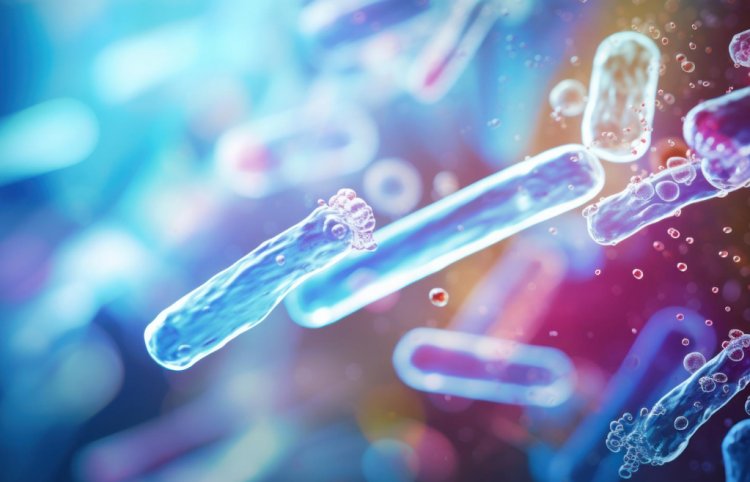Unlocking the Secrets of Antibiotic Resistance: A Potential Breakthrough in Bacterial Bursting
In the perpetual battle against bacterial infections, antibiotics have long been our stalwart allies. Yet, as bacteria evolve and develop resistance to these drugs, scientists are continually seeking new strategies to combat them. A recent study from Harvard Medical School sheds light on the intricate mechanisms behind one of the oldest antibiotics in the book: penicillin. Published in the journal eLife in April 2019, the research uncovers a protein that prevents bacteria from exploding, potentially paving the way for innovative antibiotic development.

Understanding Penicillin's Mechanism
Penicillin, discovered by Alexander Fleming in 1928, belongs to a class of antibiotics known as beta-lactams. These drugs work by causing bacterial cells to burst under the influx of water, ultimately leading to their demise. However, as bacteria adapt, they develop mechanisms to resist the effects of these antibiotics. With approximately 30 percent of Streptococcus pneumoniae infections involving drug-resistant bacteria, there is an urgent need to delve deeper into the molecular pathways influenced by penicillin.
The Role of Penicillin-Binding Proteins
At the forefront of this research are penicillin-binding proteins (PBPs), molecules responsible for linking together the structural components of bacterial cell walls. While inhibiting the construction of cell walls is crucial, it alone is insufficient to cause bacterial bursting. Scientists identified an additional player in this process: LytA, a remodeling enzyme that breaks down parts of the cell wall, facilitating growth and division.
The Discovery of TacL
Enter TacL, an enzyme uncovered by HMS postdoctoral fellow Josué Flores-Kim. TacL contributes to the formation of a chain-like molecule residing in the cell membrane, which competes with another molecule in the cell wall for binding with LytA. Under normal circumstances, the membrane-based molecule keeps LytA confined to the cell membrane, preventing it from wreaking havoc on the cell wall. However, when TacL is inhibited or degraded, such as after penicillin treatment, the balance shifts. LytA relocates to the cell wall, where it can unleash its destructive power, leading to bacterial bursting.
Implications for Antibiotic Development
The discovery that TacL plays a pivotal role in preventing bacterial bursting presents a promising avenue for antibiotic development. By targeting TacL with a drug, researchers could disrupt its activity, causing bacterial cells to burst. Moreover, since many bacteria produce similar molecular "magnets," these findings may have broad implications across various disease-causing bacteria.
Conclusion
As antibiotic resistance continues to pose a significant threat to public health, understanding the intricate mechanisms underlying antibiotic action is crucial. The discovery of TacL's role in regulating bacterial bursting offers new insights into how antibiotics function and opens doors to novel therapeutic strategies. By harnessing this knowledge, scientists may pave the way for the development of more effective antibiotics to combat drug-resistant bacterial infections.
Disclaimer:
The information provided in this article is for educational purposes only and should not be considered medical advice. If you have any health concerns or are experiencing symptoms, it is important to consult with a healthcare professional, such as a doctor or clinic, for proper diagnosis and treatment. Always seek the advice of your doctor or other qualified health provider with any questions you may have regarding a medical condition. Do not disregard professional medical advice or delay in seeking it because of something you have read in this article.
What's Your Reaction?





















